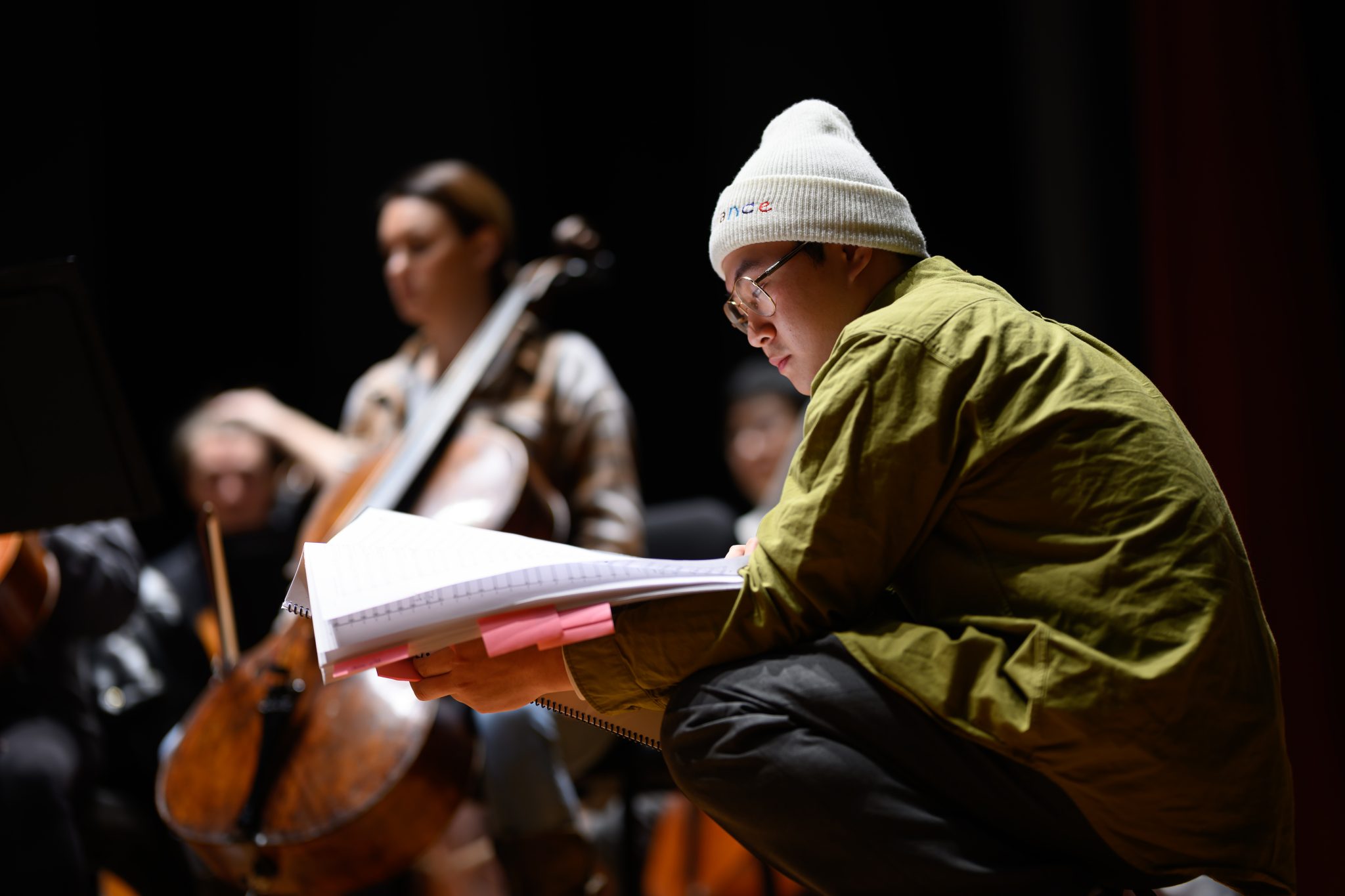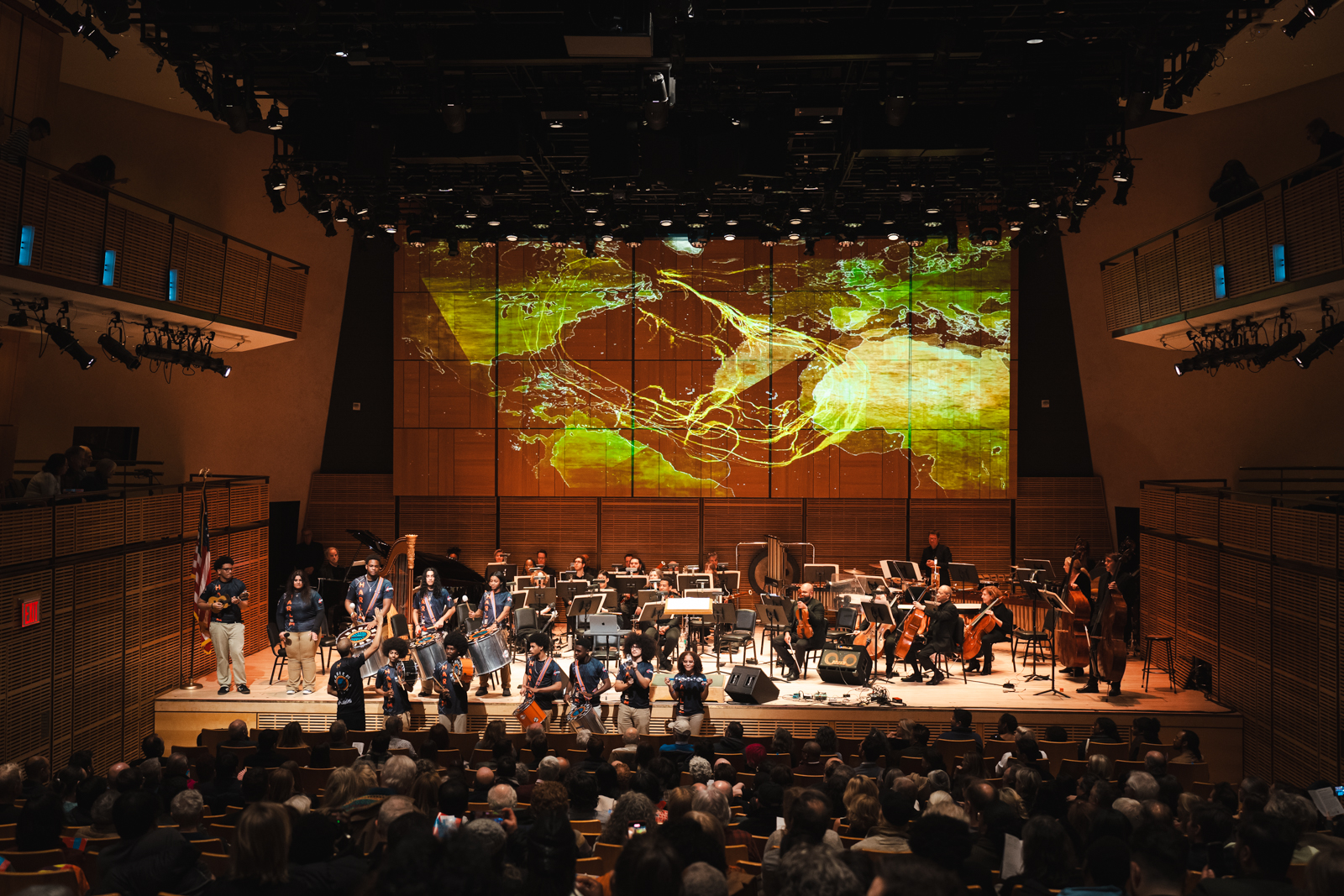…and a thought about works by women... a composer speaks
When Mozart and Beethoven wrote symphonies, most orchestras played premieres; the idea that an orchestra would play mostly the music of dead composers was an oddity. If one considers the amazing amount of great works commissioned and premiered by American orchestras in the first half of the 20th century and then consider how these same orchestras program now, one wonders if the next "Beethoven"would ever be performed. It's doubtful. The ACO has made a point of looking for these extraordinary voices and the Playing It UnSafe series takes this a step further, by challenging us to write music that pushes our boundaries musically and conceptually.
ACO asked me to offer some thoughts about the ongoing "webversation." Indeed there is a problem with the failure of orchestras to program works by women. The ACO has done an exemplary job of programming the music of women. On this upcoming Playing It UnSafe concert (March 4, 2011), two of the four composers represented are women (myself and Joan La Barbara.) When Miller Theater commissioned me in 2007 for a "Pocket Concerto", I was one of twelve composers commissioned--two of us were women. I remember having a discussion with a fellow composer over a decade ago, in which I found myself listing a very large group of very fine women composers. Today that list is so long it's hard to start..but to name some Shulamit Ran, Tania Leon, Victoria Bond, Augusta Read Thomas, Tamar Diesendruck, Chen Yi, Unsuk Chin, Stacy Garrop, the list goes on and on. Each of these composers, and nearly 100 more I could name, are exceptional in their own ways. It's a matter of having the music directors know--and I mean really listen to--their work. That takes time and effort. It also takes commitment to find great new voices, and not program for the wrong reasons--i.e. who's hot now, who will sell tickets etc. I do think that the considerations that go into programming do not always come from the best artistic concerns. As an artistic director myself (of the UW Contemporary Chamber Ensemble), it's not difficult for me to find really GOOD music by living composers and women. I make it a point never to program more than one DWG on each of my programs and often I program more than half the concert with works by women because I know these works, they are included in my regular listening.
I think that's what makes ACO's programming exemplary. A phenomenal advisory board and artistic director, each one a composer and musician with vision and artistic curiosity--leading them to really listen to the music--which inevitably brings them to program music by a more diverse set of composers.
American Composers Orchestra is grateful to the many organizations that make its programs possible including Arthur F. & Alice E. Adams Charitable Fund, Altman Foundation, Amphion Foundation, Benevity, Aaron Copland Fund for Music, BMI Foundation, BMI, Inc., Charity Navigator's Giving Basket, Cheswatyr Foundation, Edward T. Cone Foundation, Communities Foundation of Texas, The Gladys Krieble Delmas Foundation, Alice M. Ditson Fund of Columbia University, Fan Fox and Leslie R. Samuels Foundation, Ford Foundation’s Good Neighbor Committee, Give Lively, Francis B. Goelet Charitable Trust, Fromm Music Foundation, Steven R. Gerber Trust, G. Schirmer/Wise Music Foundation, The Hearst Foundation, Howard Gilman Foundation, The Adele and John Gray Endowment Fund, Jephson Educational Trusts, Jerome Foundation, MacMillan Family Foundation, Mellon Foundation, New Music USA’s Organization Fund, The New York Community Trust (Musical Arts Fund, Clara Lewisohn Rossin Trust, and Edward and Sally Van Lier Fund), Pacific Harmony Foundation, Paypal Giving Fund, Rexford Fund, Sphinx Venture Fund, TD Charitable Foundation, Turrell Fund, UKOGF Foundation, Virginia B. Toulmin Foundation.
Corporate gifts to match employee contributions are made by Goldman Sachs, Deutsche Bank, Triton Container International Incorporated of North America, and Neiman Marcus.
Public funds are provided by the New York City Department of Cultural Affairs in partnership with the City Council, and the New York State Council on the Arts with the support of Governor Kathy Hochul and the New York State Legislature, Office of Brooklyn Borough President Reynoso, and the National Endowment for the Arts.





.png)
